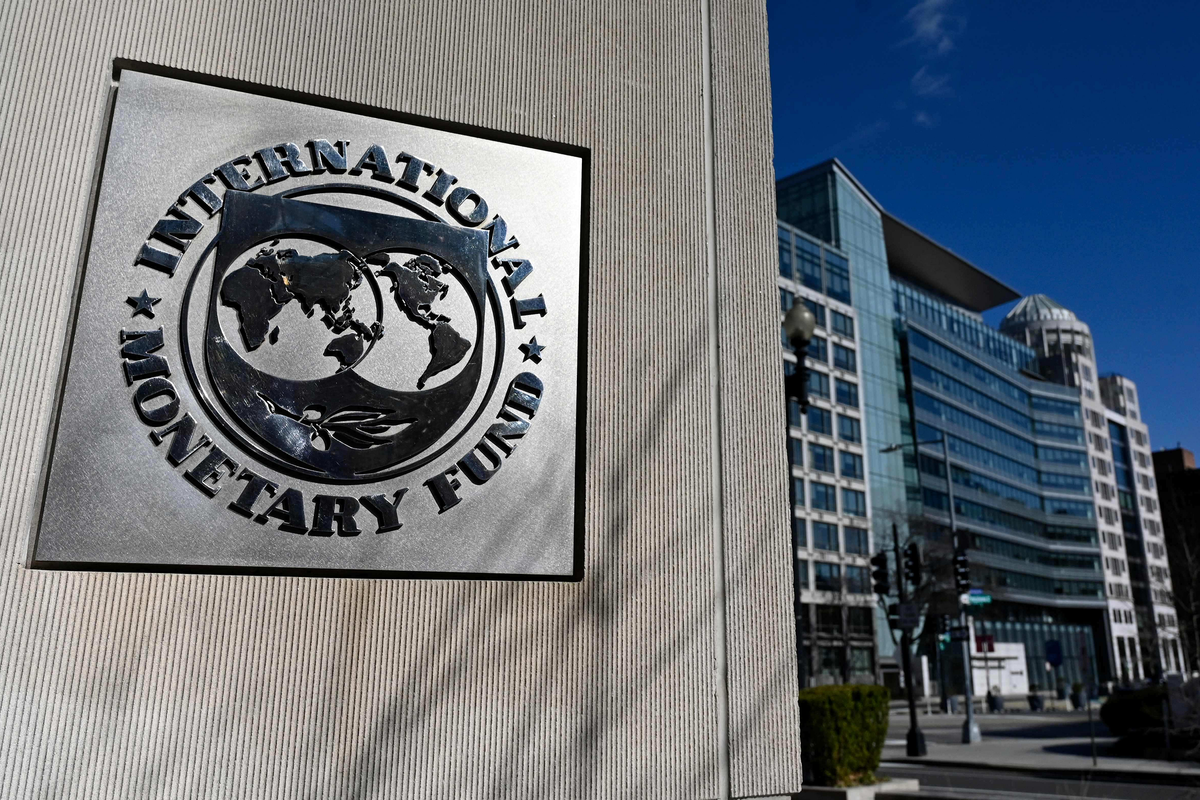Pakistan meets IMF condition with $14.5 billion in foreign exchange reserves
The rise in reserves reflects improved external management, driven by a stronger current account and timely inflows

Haris Zamir
Business Editor
Experience of almost 33 years where started the journey of financial journalism from Business Recorder in 1992. From 2006 onwards attached with Television Media worked at Sun Tv, Dawn Tv, Geo Tv and Dunya Tv. During the period also worked as a stringer for Bloomberg for seven years and Dow Jones for five years. Also wrote articles for several highly acclaimed periodicals like the Newsline, Pakistan Gulf Economist and Money Matters (The News publications)

The Pakistan government has successfully met one of the key conditions set by the International Monetary Fund (IMF), achieving the target of $14 billion in foreign exchange reserves by the end of the fiscal year.
According to an official from the State Bank of Pakistan (SBP) who spoke to Nukta, the country’s foreign exchange reserves stood at $14.51 billion as of June 30, 2025. This marks a significant improvement from $9.39 billion recorded at the close of the previous fiscal year, reflecting a $5.12 billion increase during FY25.
This growth in reserves signals improved external account management, supported by a better current account balance and the realization of planned external inflows throughout the year.
Despite a widening trade deficit, Pakistan’s current account showed a surplus of $1.8 billion during the first 11 months of FY25— a sharp turnaround from the $1.57 billion deficit recorded during the same period last year.
The SBP’s reserve position received a notable boost from the successful completion of the first review under the IMF’s Extended Fund Facility (EFF), which triggered a $1 billion disbursement. The next review is scheduled for September, and if successful, it could unlock an additional $1 billion tranche.
Last week, the SBP reported receiving $3.1 billion in commercial loans to the government and over $500 million in multilateral financing. These inflows, totaling $3.6 billion, are expected to be reflected in the central bank’s reserves for the week ending June 27.
The central bank also confirmed that while reserves fell by $2.7 billion earlier in the year due to debt repayments, the recent inflows have helped Pakistan surpass the IMF-mandated reserves threshold—strengthening its external sector stability ahead of the next IMF review.










Comments
See what people are discussing